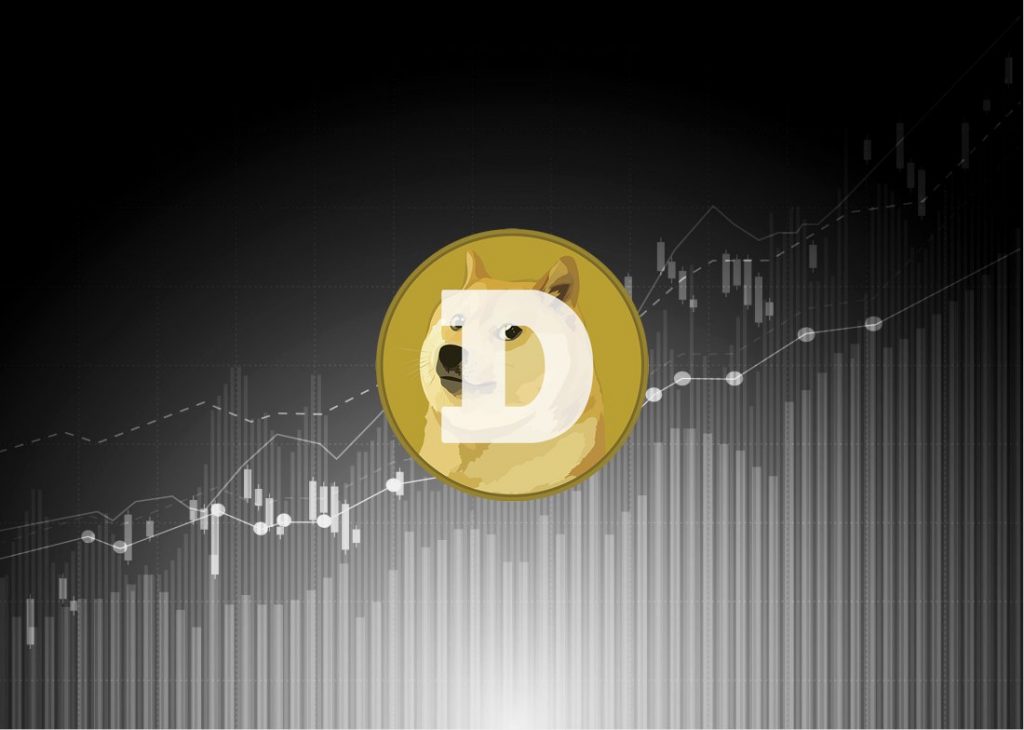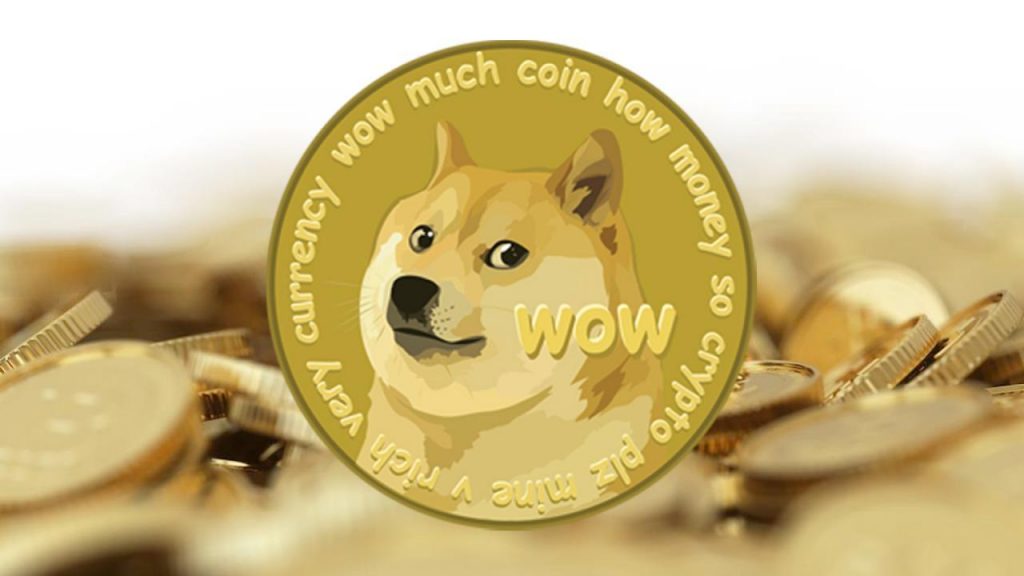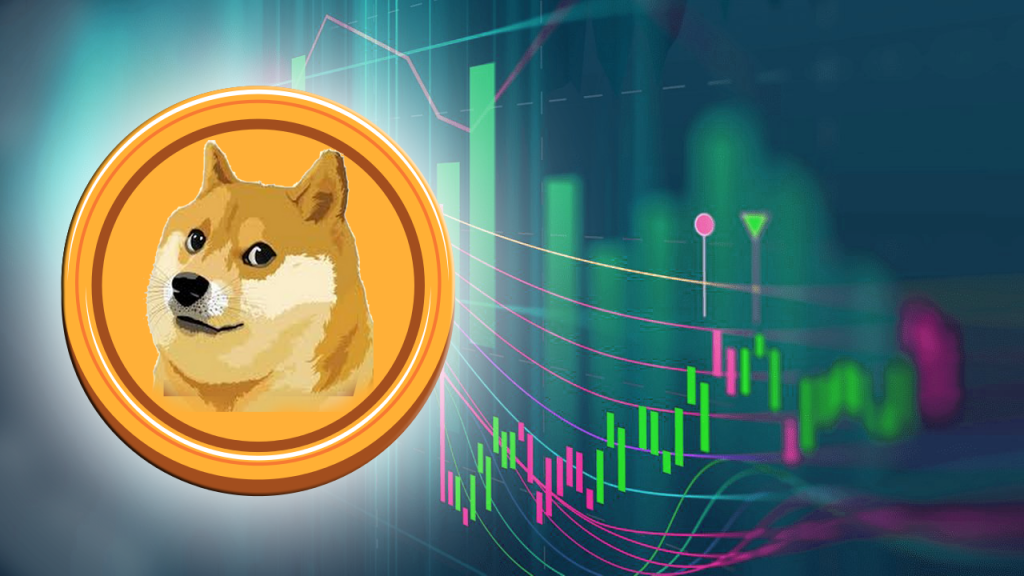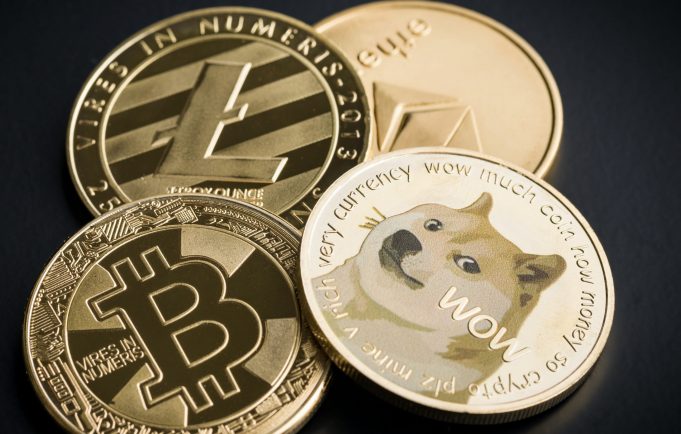Dogecoin is an enigma in the world of cryptocurrency. It stands out in an industry where every coin and project seems to be striving to “be more serious” and “grow up”. Instead, this coin has embraced literally being a meme and has succeeded to the tune of a current market cap of $360 million.
Newcomers to the world of crypto struggle to understand its place. “It can’t be a serious coin, right?” In response, most veterans of the scene simply shrug and shake their heads. Dogecoin is one of those things where, if you know, you know.
But some people persist. And if you’re reading this article, you’re one of them. You want to learn how a joke has survived 5 years to become one of the most valuable alternative currencies in human history. So, before you start looking at how to buy Dogecoin from Cryptocurrency Posters or download the source code here, let us cover the story of this economic phenomenon.

2013 – 2014: Meme Money
Dogecoin first hit the crypto scene in December of 2013. Bitcoin was experiencing the aftershocks of one of its early gigantic bubbles and had recently hit a peak at $1,242. This meant that cryptocurrency was a hot subject and there was a swell of interest from the general public. It was into this atmosphere that Jackson Palmer and Billy Markus stepped in.
Jackson was an Adobe product manager and simply looking to make a joke. He wanted to make fun of all the different cryptos popping up and threw out the idea of a “Dogecoin” based on the popular Shiba Inu meme. Billy Markus took the idea and thought it was genius. He reached out to Jackson, and the two decided to turn it into real crypto.
They took Litecoin, made a fork, gave it faster block speed times, and the first blocks of Dogecoin were born.
But, what they thought would be a joke, quickly caught fire. The price shot from around 2/100 of a cent to start trading to almost 20/100 of a cent, a 10x increase. Users rallied to Dogecoin’s light-hearted nature and accessibility. And a friendly community only enhanced the network effects.
Friendly community. I’ll repeat that again because it was so key. While the Bitcoin community had a reputation of being hardened crypto-anarchists that encouraged new users to “fail until they made it”, Dogecoin welcomed new users to the “shibe” family. The Dogecoin group on Reddit was the heart of the action and it brimmed with activity. Users constantly were “tipping” each other with coins and group sponsorships were happening non-stop. The subreddit even sponsored a NASCAR wrap (seriously … look it up). Community activity was at an all-time high.

2014 – 2016: Crypto Winter
However, while Dogecoin was experiencing a wealth of user activity, the price simply couldn’t hold up its end of the bargain. The price began to collapse after February of 2014 and ground down to a low of less than 1/100 of a cent at its worst point in Q2 2015.
One would think that would be the end of the story for Dogecoin. But a funny thing happened. While some users left …many didn’t care. They had been attracted to Dogecoin because of the fun of it all. It wasn’t ever about profits, it was about the ridiculousness of a coin with a dumb meme as the logo actually making waves on the internet. It was about being part of a community that looked to help others, not profit from them. It was about sponsoring the Jamaican Bobsled team, as shown in this Digital Trends article.
So, while many altcoins withered away with collapsing prices, Dogecoin’s community survived. They held onto the mantra of 1 DOGE = 1 DOGE. And they waited.

2017 – Present: The Revival of Doge
That wait ended up paying off. Bitcoin saw a revival in price at the end of 2016 into 2017, and with that revival came a new flow of interest to altcoins. While many coins from 2013 and 2014 no longer had the community to welcome these new users, Dogecoin was there with open arms and friendly users, like always.
Dogecoin saw an initial surge in 2017 to almost 40/100 of a cent, then made an even larger jump to begin 2018 and crossed the ever-elusive 1 cent mark. For a few days, 1 DOGE was worth more than 1 cent of USD.
To many, this may have been a non-event. But to those that understood the history of Dogecoin and where it came from, it was amazing.
The price of Doge, as always happens with cryptos, did end up crashing following this watermark. It hit a low of 18/100 of a cent in February of 2019. But, this was still a significant improvement over the dark price depression of 2014.
And the community? As always, they continue to enjoy Dogecoin for what it is: a fascinating experiment exploring whether or not this whole “money” thing is as serious as some people want us to think it is.









